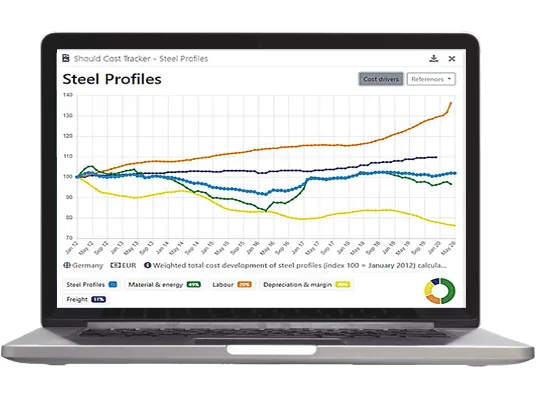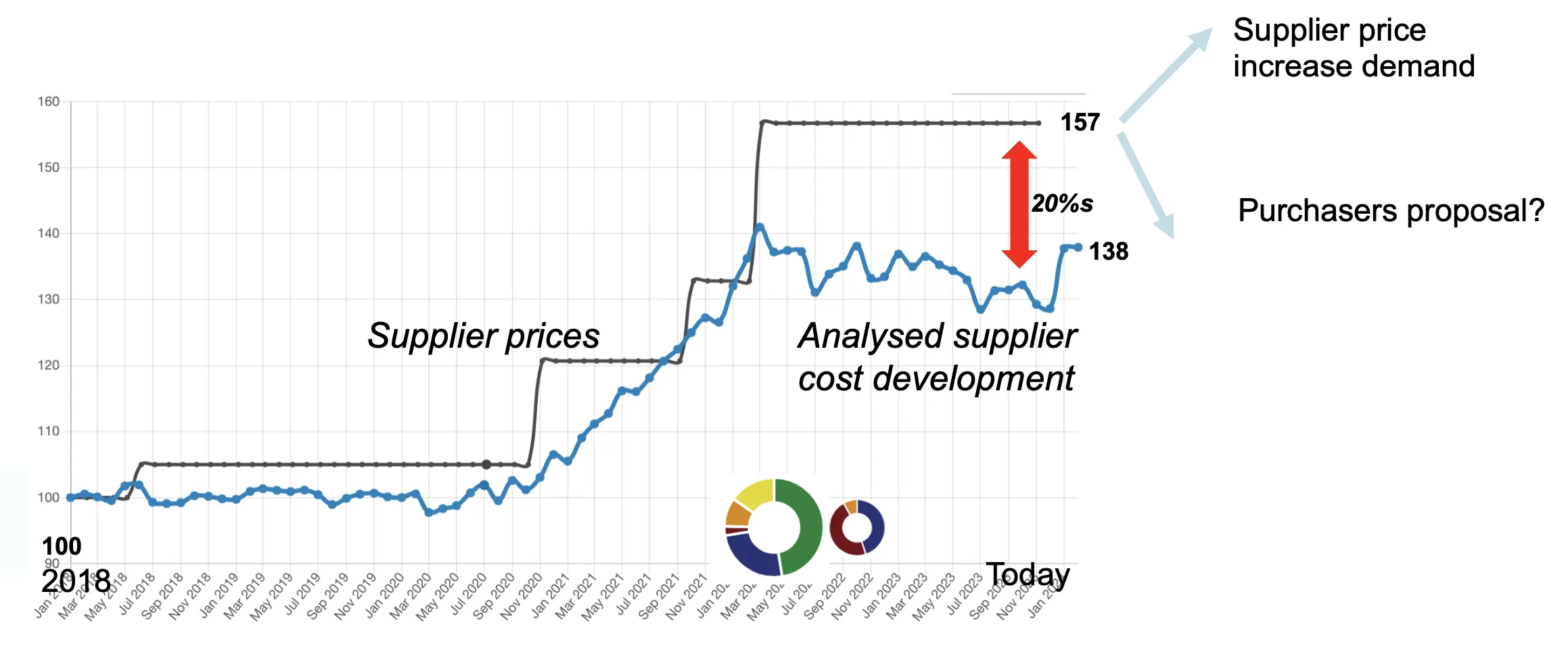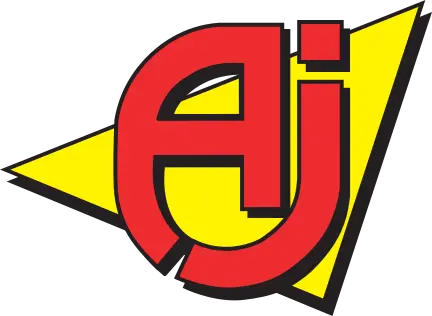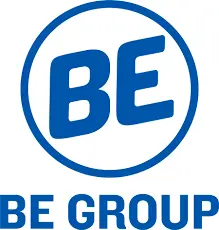Prepare your fact based negotiations!
Access the cost data you need in order to get the most out of your suppliers, with data tailored for your specific situation.

Product
In response to customer demand in today's turbulent world!
We have developed a highly affordable and in-demand overview package featuring 18 key indicators – a unique service designed to provide valuable insights for your entire company. The service includes access for an unlimited number of users within your organization.
Interested? Contact us through the form further down the page!
Product
Prognos Tailored
From our platform Prognos Tailored you can access interactive, continuously updated, reports where you can drill down in your materials, compare the prices to your own cost development, export the graphs, or export the underlying data for further analysis. The reports are customized for you by Prognos, leaving you to focus on the negotiation strategy and not on finding the data.

Course
Should-Cost Analysis Course
Our course is designed to empower you with the tools, techniques, and strategies to transform the way you approach sourcing. If you are ready to do the job, you won't just attend supplier negotiations - you’ll own them.
Services
Our Data
The Prognos System gathers data from multiple sources to give you up to date data in one place.

Raw Materials
Raw Material Costs from all over the globe. Obtained from multiple sources and combined into one central source.

Manufacturing Costs
Manufacturing costs are calculated from hourly wage development, equipment cost and real estate prices.

Tax & Transport
Transportation rates and taxation tariffs gathered from the country official sources.

Labour Costs
Labour costs from different sectors in different countries over time.

Currencies
Currency data enabling you to view all transactions in different currencies and see currency effects on your trade portfolio.
Features
Prognos Features
Different types of interactive models and reports are delivered through the Prognos Tailored platform. Each report is tailored to your organisation's specific needs and purchasing behaviour.

Should Cost Tracker
The Should Cost Tracker keeps the strategic purchaser updated on all key cost changes at your main suppliers and products. Our Prognos experts analyse the cost structure of your product and deliver a tailored report with indices for all included cost drivers.

Selected Indices
Our experts select indices that are important for your products, suppliers and organisation from our database with over eight thousand indices.

Country Focus
Understand your key supplier markets. Get data on cost drivers like labour costs, currency and manufacturing costs and other general economic indicators regarding a certain supplier country.
Achievements
40 years
Of Experience
1000+
Clients Served
3000+
Reports Curated
Get In Touch
Please fill the fields below and we will get in touch with you if you have any queries.

Erik Lehman
Business Developer, New Customer Contact





